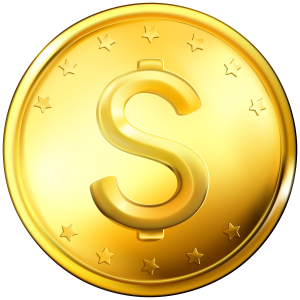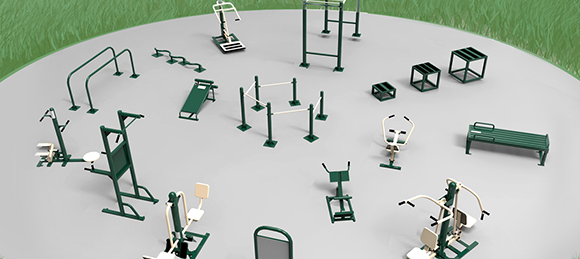Herniated discs are no joke. The first time I got one I was commuting to NYC every week. Schlepping a roller suitcase through the crowded subways did a number on my neck. I woke up one day with a very bad pain radiating down my arm.
In yoga we talk about the difference between good pain and bad pain.
- Good pain is a generalized discomfort that results from increasing your performance level. Good pain is an indicator that you are progressing with proper alignment and awareness of your personal limitations.
- Bad pain is sharp, shooting and localized. It’s a red flag that your body communicates to say STOP what you are doing immediately.
A herniated disc (also called a ruptured or slipped disk) is an excellent example of bad pain. They can occur anywhere in the spine, but most often will occur in the cervical spine (neck) or lumbar spine (lower back). Typically a herniated disc causes a pinched nerve, leading to numbness or tingling in the neck, arm, lower back or leg. It causes pain, weakness, and/or numbness.
The good news is that up to 90% of patients can be treated without surgery. I’m a huge advocate for avoiding surgery whenever possible. And it can be helpful to know what kinds of alternative treatments are available and how they work.
This past January I ruptured my neck again (admittedly, it’s the weak link in my chain). I did it while sleeping incorrectly and it took about two months to heal. Part of what slowed the process was that I didn’t take time off. I was doing a LOT of desk work while trying to keep up with my normal exercise routines.
Pain is a great teacher.
Thankfully, I had the help of one of the top tier Oriental medical providers in America – Avi Ginsberg, a.k.a. Jin Wei. He’s helped me on countless occasions over the past twelve years, including one time when I got a serious viral infection.
Avi has an arsenal of therapies that he uses in his treatments, all of which are built upon his signature style of bodywork. The foundation of external therapy in Oriental medicine is Tui Na, or Chinese medical massage. It’s somewhat like Rolfing, as his technique is a unique form of non-invasive reconstructive surgery.
In addition to Tui Na, Avi gave me acupuncture multiple times. After administering over 30,000 treatments he’s mastered a painless needling technique. During one of his treatments I fell asleep on the table! This is not uncommon but it was a first for me.
He also used cupping therapy to help increase circulation. Cupping is amazing. It feels like deep tissue massage and is great for immediate pain relief. One time Avi combined a cupping treatment with Gua Sha, another ancient massage technique. According to Wikipedia:
Gua sha, meaning “scraping sha-bruises”, is a traditional Chinese medical treatment in which the skin is scraped to produce light bruising. Practitioners believe gua sha releases unhealthy elements from injured areas and stimulates blood flow and healing.
Again, this is deep tissue medical massage. It’s not for cosmetic purposes, it’s for getting to the root of the problem which may involve good pain. One of Avi’s clients (a retired nurse) used the analogy of how you wouldn’t try to fix acne by covering it with make up. You have to dig deep sometimes which is why a solid yoga practice is so helpful with navigating the healing process.
I’m very grateful to be pain-free after receiving such wonderful care. I’m rebuilding my strength and I’m happy to be practicing handstands again.
For more information about Dr. Avi Ginsberg please visit Hatch Chiropractic and Wellness.
If you enjoyed this article you might also like:
Five Animals Qigong Online Class Series



